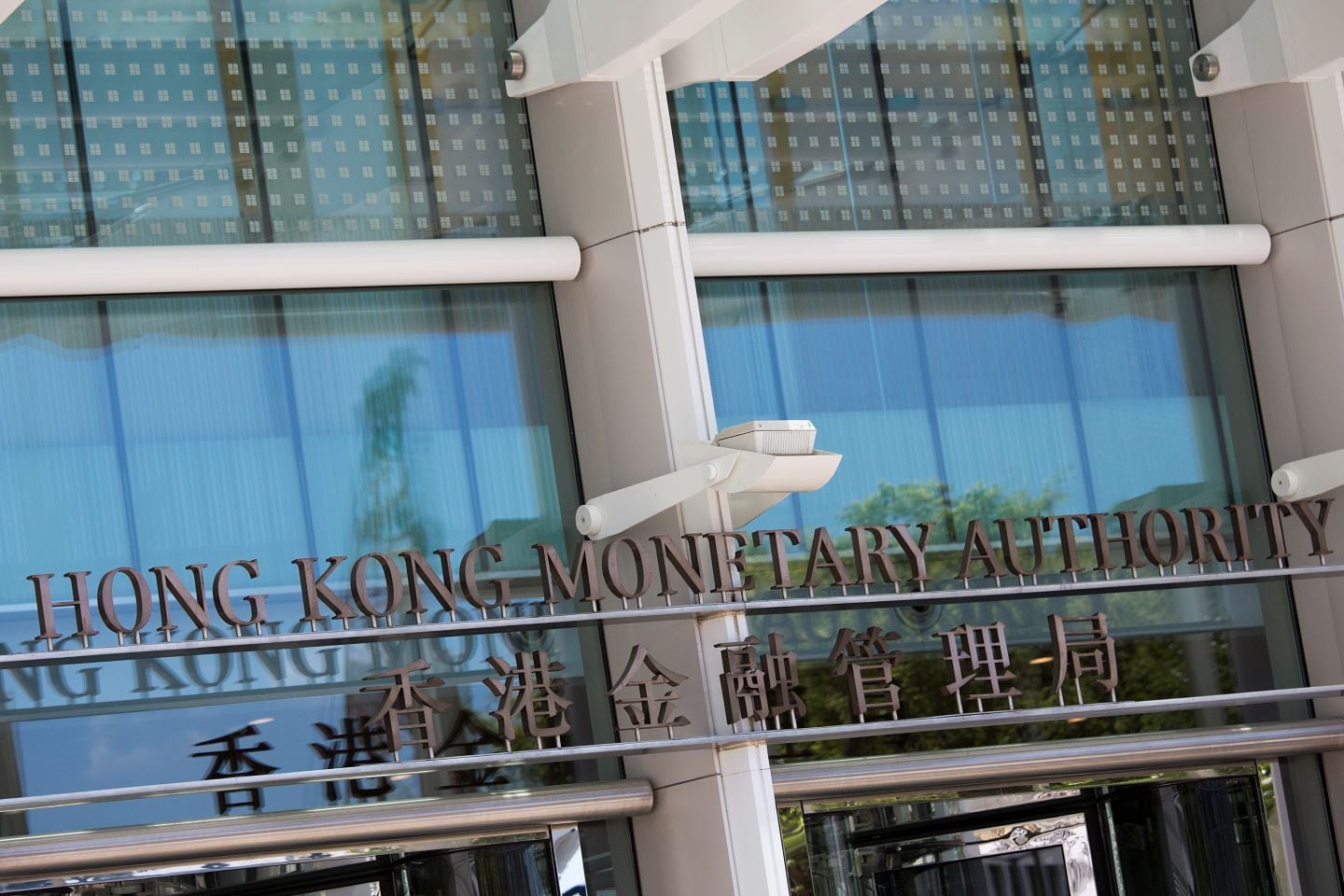[ad_1]
Hong Kong’s Monetary Authority, its de facto central bank, has released a whitepaper on retail central bank digital currencies (CBDCs) while it continues to explore the potential of a digital Hong Kong dollar (e-HKD) for its domestic and cross-border markets.
The white paper was published Monday by the Hong Kong Monetary Authority (HKMA), which is the de-facto central bank of the city who’s official title is the Hong Kong Special Administration of the People’s Republic of China.“
Under the “One Country, Two Systems” framework under which Hong Kong is governed, Hong Kong maintains its own financial and judicial systems, among others, separately from the Chinese mainland.
The paper, titled “e-HKD: A technical perspective,” explores potential architectures and design options as it relates to the construction of the infrastructure for distributing e-HKD.
“The knowledge gained from this research, together with the experience we acquired from other CBDC projects, would help inform further consideration and deliberation on the technical design of the e-HKD,” HKMA Chief Executive Eddie Yue said in a press release on Monday.
The bank said its whitepaper is “the first” among similar papers published by central banks that details transaction traceability while preserving privacy as a key technical feature.
“The architecture proposed in this whitepaper is most notable for its ability to flexibly and efficiently instantiate different two-tier distribution models of rCBDC while achieving breakthroughs in privacy-preserving transaction traceability and cross-ledger synchronization of decoupled ledgers,” the authority said in its paper.
HKMA’s research consisted of seven major areas of concern which analyzed the benefits and shortcomings of CBDCs as they apply to privacy, interoperability, scalability and performance, cybersecurity, compliance, operational robustness and resilience as well as their technology-enabled functional capabilities.
Under Project LionRock in 2017, the HKMA began researching CBDCs and says it has since “actively collaborated” with other central banks in broadening its knowledge of wholesale CBDCs.
The paper also examined four major distribution models including a “variant of direct CBDC model,” a “hybrid model,” an “intermediated model,” and “CBDC-backed e-money.”
The bank said it is seeking opinions from academic and industry experts by year’s end under a formal request for a comment document. HKMA also underscored its intent behind its research was to collect views, not to push ahead with infrastructure development at this stage.
“It should be noted that the proposed architecture is not a blueprint for e-HKD, nor does it approach a decision on the CBDC distribution models chosen for implementing e-HKD”, the bank said. “Suggestions and ideas of better designs are also solicited.”
Read more: BIS and Hong Kong Monetary Authority to Experiment With Tokenized Green Bonds
[ad_2]
Source link

